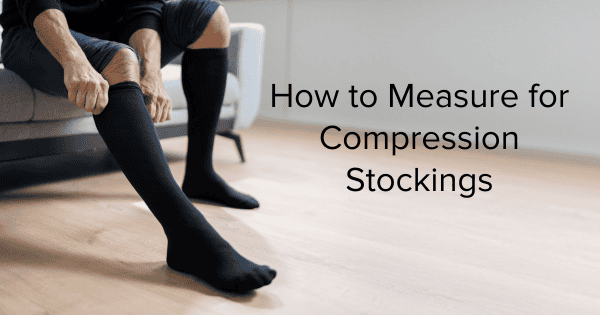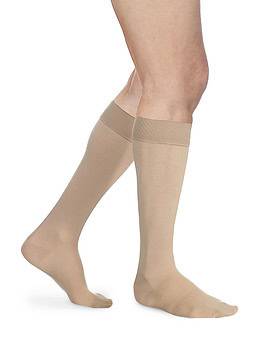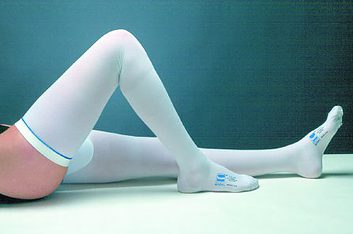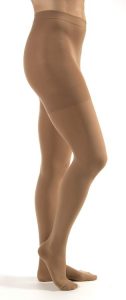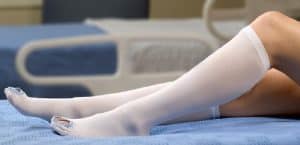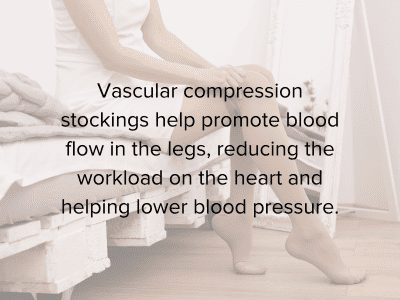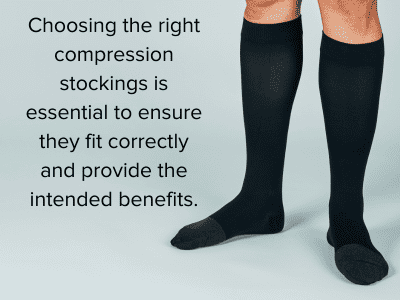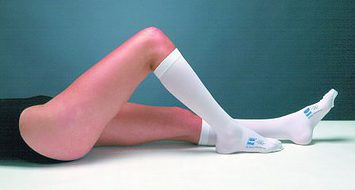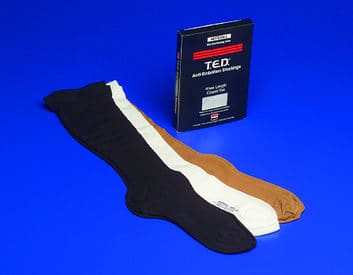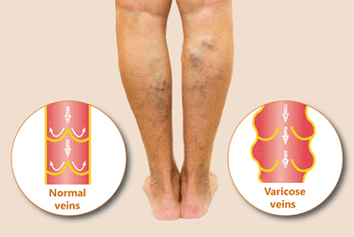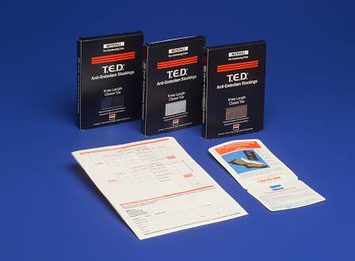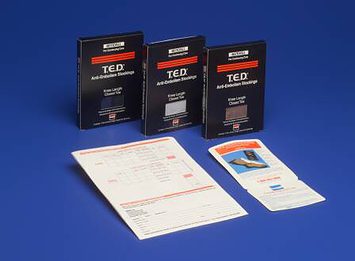The right size for compression stockings is essential for maximum comfort and support. This guide will walk you through how to measure for compression stockings accurately to ensure you get the perfect fit.
Why Correct Measurement for Compression Stockings Matters
Compression stockings provide significant benefits when they are the correct size. The right fit guarantees comfort and boosts these specialized garments’ health benefits. Whether you need them for medical reasons or additional support, knowing how to measure for compression socks is the first step towards finding the perfect pair.
Avoid common measurement errors such as standing on uneven surfaces or carpets, pulling the tape measure too tight, or measuring over clothing. These mistakes can affect the accuracy of your measurements and lead to an improper fit.
How to Measure for Compression Stockings
Knee-High Open/Closed Toe
- Measure the ankle circumference above the ankle bone at the narrowest part to determine if it is Small, Medium, Large, or X-large on the Sizing Chart below.
- Measure the calf circumference at the fullest part.
- For the length, measure from the outside of the leg from the floor to the fibular head.
Thigh-High/Pantyhose Open/Closed Toe
- Measure the ankle circumference above the ankle bone at the narrowest part.
- Measure the calf circumference at the fullest part.
- Measure the thigh circumference at the widest part.
- Measure the length from the floor to the gluteal fold.
- Measure the hip circumference at the widest part of the hips.
Get the full measurement instructions here: Sigvaris How to Measure Guide.
Five Tips for Taking Measurements
- Measurements should always be taken right after waking, when there is typically minimal swelling.
- Take measurements without clothing.
- Keep your feet flat on the floor and take the length measurements from the ground up.
- The tape measure should be snug around the leg but not constricting.
- Take all knee-high and thigh-high/pantyhose measurements if you purchase various styles.
How to Choose the Right Compression Stockings
Several factors influence the choice of compression stockings. These include the compression level, the stocking type, and your specific needs.
Compression Level
This dictates the pressure exerted on your legs, which can be determined using your ankle, calf, and thigh measurements.
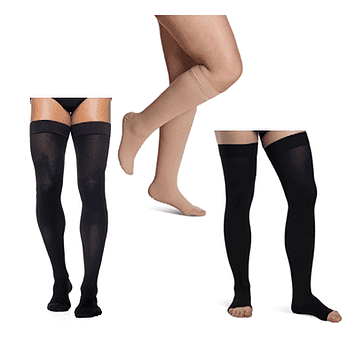 Types of Compression Stockings
Types of Compression Stockings
These include knee-high, thigh-high, and pantyhose. Knee-high stockings are ideal for individuals experiencing discomfort in the lower leg, while thigh-high stockings provide compression for the entire leg. Pantyhose offer full leg and waist coverage.
Specific Needs
Diabetic compression stockings apply gentle pressure and promote blood circulation, making them ideal for individuals with diabetes. On the other hand, graduated compression stockings, which help prevent blood pooling and reduce the risk of deep vein thrombosis, are recommended for those leading sedentary lifestyles or traveling frequently.
At Personally Delivered, we provide various compression stockings to meet your needs. Our team of experts is available to help you figure out how to measure for compression stockings based on your measurements, compression level requirements, and specific needs. Find the perfect pair of compression stockings for you from our selection today.
Compression Stockings for Men and Women

